
“Untitled” by Paul O’Donoghue is licensed under CC BY-NC-SA 2.0
The Clark-Kozma debate is more than 20 years old. Why are we still talking about it? Clark seemed to be steering educators away from the use of media largely because it’s so expensive. This is a genuine concern; money for public education is tight. I think back in 1983, he had some valid points. Why should we spend all that extra money on media for things we can successfully teach without media? That said, it’s 2019, we drank the Kool Aid, technology is in the curriculum; wifi, iPads and Chromebooks are increasingly in schools. Too bad, so sad, Clark. Mission failed. And I’m so glad.
I teach kindergarten and, to be honest, I could teach them entirely without digital media. We have plenty of old fashioned, relatively inexpensive tools such as books, pencils, crayons, markers, erasers, paints, play dough. We have hands on activities, a multitude of loose parts and art materials, a variety of different ways to express themselves verbally and physically. I have a plethora of teaching strategies that make learning engaging. I can foster curiosity and inquiry with a few magnifying glasses and dead bugs. Why would I want to dent, actually, wipe out, seven years worth of my glue stick budget to buy an iPad for student use? I have struggled with it.
The answer for Kindergarten, and I am sure, many elementary school teachers, has to do with the push from administration, the pervasiveness of consumer technology in homes, and individualized learning.
When I decided I would no longer be taking my four and five year olds to the computer lab, my administrator was concerned and wanted to know why. I explained that it takes the entire block to get everyone signed on with no time left to do anything on the computer so there was little point. Some time later, she presented me with a Beebot which I think is great but is it necessary for Kindergarten students to know how to code a robotic bee? Also, they just think they are playing with it; as I’m sure Clark would agree, without an instructional strategy, they may as well be playing with a remote control car, or a marble on a tipping tray. They don’t know they are coding unless the teacher helps them reflect and connect, thereby, “(forging) a relationship between media and learning” (Kozma, 1994, p. 8)
I have a learner with special needs in my class. This student is non-verbal and, in preschool, learned to use an iPad to communicate. The iPad stays on a shelf until needed but the moment it comes out, a little crowd gathers around it. The children all know what a tablet is and they all associate it with entertainment. A few parents expose their children to educational games but every child knows what YouTube is. In fact, when asked what they want to be when they grow up, two children in my 2017 and one child in my 2018 class named “YouTuber”. This tells me they don’t just know about consuming content, but they are already thinking about creating and sharing it. I don’t think that was even on Clark’s radar back in 1994 and certainly not in 1983. If it had, he would have realized that these media tools are coming whether we like it or not and our job as educators would inevitably need to include them at some point despite the expense. I still hold that I can teach the ground floor of digital citizenship to Kindergarten students without putting an iPad in their hands, but if the schools have to buy them anyway, why would I not use them?
If I have two little people, sitting at a table during choice time, choosing to draw frogs, three days in a row, why wouldn’t I want to pull out an iPad and encourage them to pursue an inquiry about frogs? And then, why wouldn’t I want to encourage them to record their own frog story? Or create a stop motion video with play dough frogs?
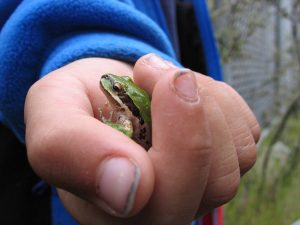
“IMG_2043” by Fatkid32 is licensed under CC BY-NC-ND 2.0
Whenever you have found a medium or set of media attributes which you believe will cause learning for some learners on a given task, ask yourself if another (similar) set of attributes would lead to the same learning result (Clark, 1994, p. 28).
Of course, I could go to the library and get frog books, and get more paper so they could draw pages for their frog story, but let’s face it, these boys would likely have viewed that as work, whereas the iPad would be viewed as entertaining. I’m willing to bet they would tire of colouring long before they would tire of creating on the iPad. Plus, I can’t leave the classroom to go get books for whatever topic might arise. With an iPad, they have near-instant access to whatever subject catches them. Yes, I have to teach them about reliable sources but I have found several children’s non-fiction books in our school library that contain inaccurate or outdated information. Misinformation is everywhere.
What about my builders? If they have built the same structure repeatedly I could pull out the iPad and find images of real structures inspire them. Again, I could go get a book but by the time I get back from the library (if I could get out of the room), their structure has fallen down and they have moved on to the train table. In addition, they could share an image of their structure with an engineering (my son) or architectural (one of my moms) expert and get some real feedback, possibly in real time. I guess I could invite them in on his/her day off and make all the children build something that day, but that does not take advantage of the teachable moments.
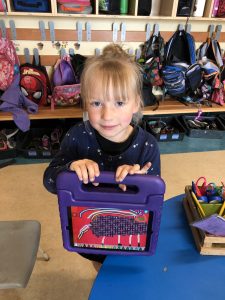
T. Westwood
What about my timid talkers? I have had children who do not like to speak in front of me or their peers, but in a private space, with an iPad, they can spin quite a yarn. Not only that but they will go back and rerecord if they don’t like the first take. This makes the iPad a tool for meeting the needs of the less confident learners.
I do not think Clark had conceived of these types of interactions back in 1983. I do think he had it right that the media itself, at that time, would not be effective in improving learning without the instructional design to back it up. I also believe that the capabilities of media need to be accompanied by effective instruction and/or guidance to result in effective learning. I am glad that we did not give up on educational technology. I believe that Kozma was right that we can use the capabilities of media to influence learning and that it is the task of the designer to make that happen, giving medium and method a more integral relationship. I also agree with Becker that if we want a stand-alone game that will lead to learning, the designer must have “creativity and a thorough understanding of instructional design” and “a thorough understanding of games AND of game design” (2010, p. 4). I’m only just beginning to explore instructional games for Kindergarten and I have yet to find one that satisfies me but I have only explored free games so far. I imagine the good ones come with a bigger price tag.
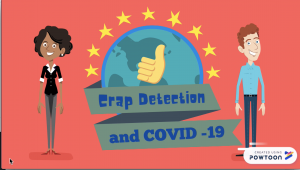

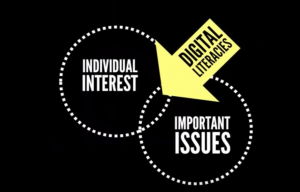
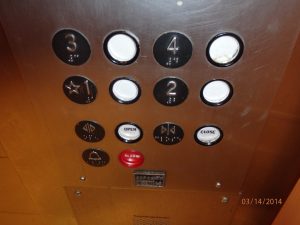
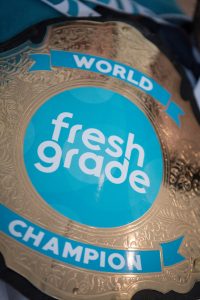
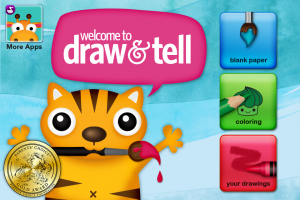

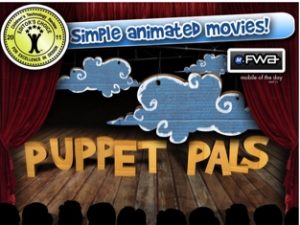
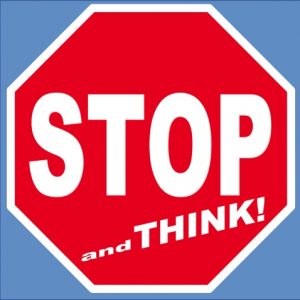


 for Kindergarten to Grade 9, one of the speakers points out that a “home facilitator” is necessary and, “If you’re looking less for home schooling but you’re more for schooling at home then SIDES might be a really good fit for you.” The other speaker adds that, “If you’re one of those parents that can find the teachable moments and you take advantage of them…SIDES is a definitely good fit for you,” plus “SIDES parents…have a different mindset and they want that involvement.” This implies that the success of the student relies on the mindset and involvement of the “home facilitator” and that, if the student is ultimately unsuccessful, it may be because the program was not a good fit. It does not appear that the program is in any way customized for the learner, other than offering some flexibility in the pacing and some tutoring available. I wonder if their is an asynchronous meeting space for the “home facilitators” to share their ideas and experiences. In naming the parents home facilitators and recognizing they are responsible for catching the teachable moments, it seems the SIDES teachers would also concede that they share the
for Kindergarten to Grade 9, one of the speakers points out that a “home facilitator” is necessary and, “If you’re looking less for home schooling but you’re more for schooling at home then SIDES might be a really good fit for you.” The other speaker adds that, “If you’re one of those parents that can find the teachable moments and you take advantage of them…SIDES is a definitely good fit for you,” plus “SIDES parents…have a different mindset and they want that involvement.” This implies that the success of the student relies on the mindset and involvement of the “home facilitator” and that, if the student is ultimately unsuccessful, it may be because the program was not a good fit. It does not appear that the program is in any way customized for the learner, other than offering some flexibility in the pacing and some tutoring available. I wonder if their is an asynchronous meeting space for the “home facilitators” to share their ideas and experiences. In naming the parents home facilitators and recognizing they are responsible for catching the teachable moments, it seems the SIDES teachers would also concede that they share the 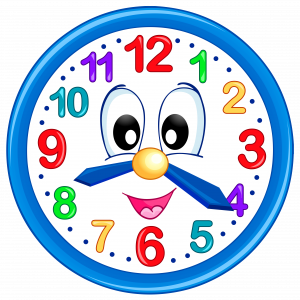
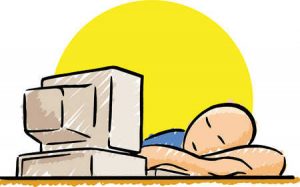
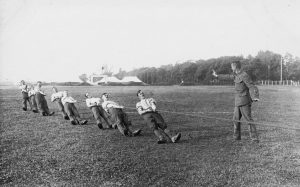

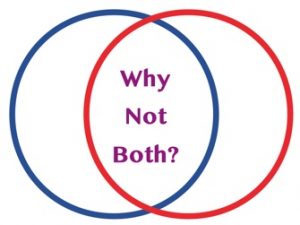
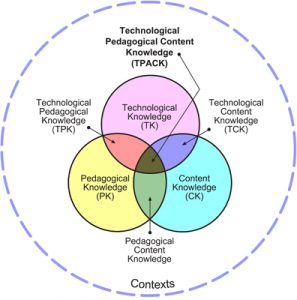
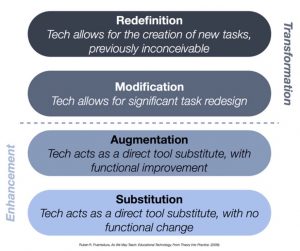



Recent Comments